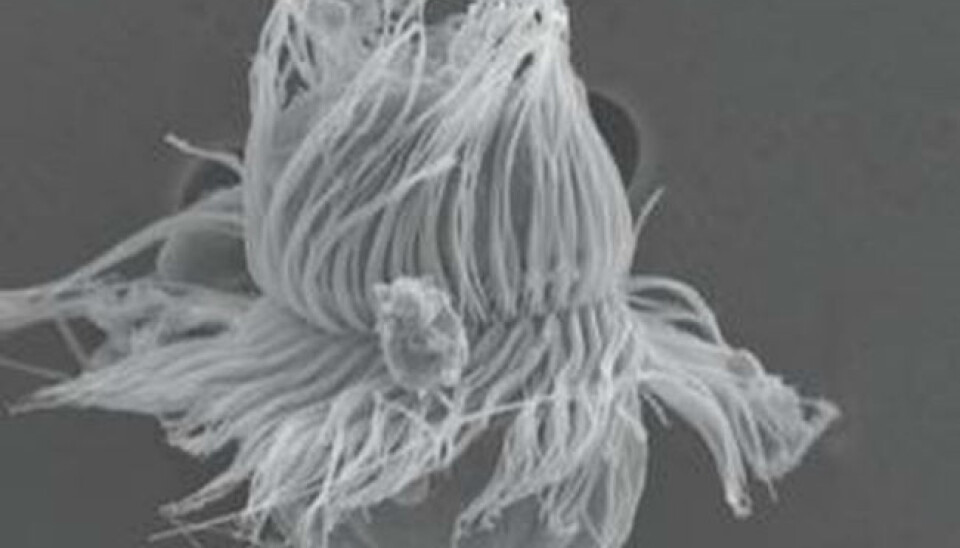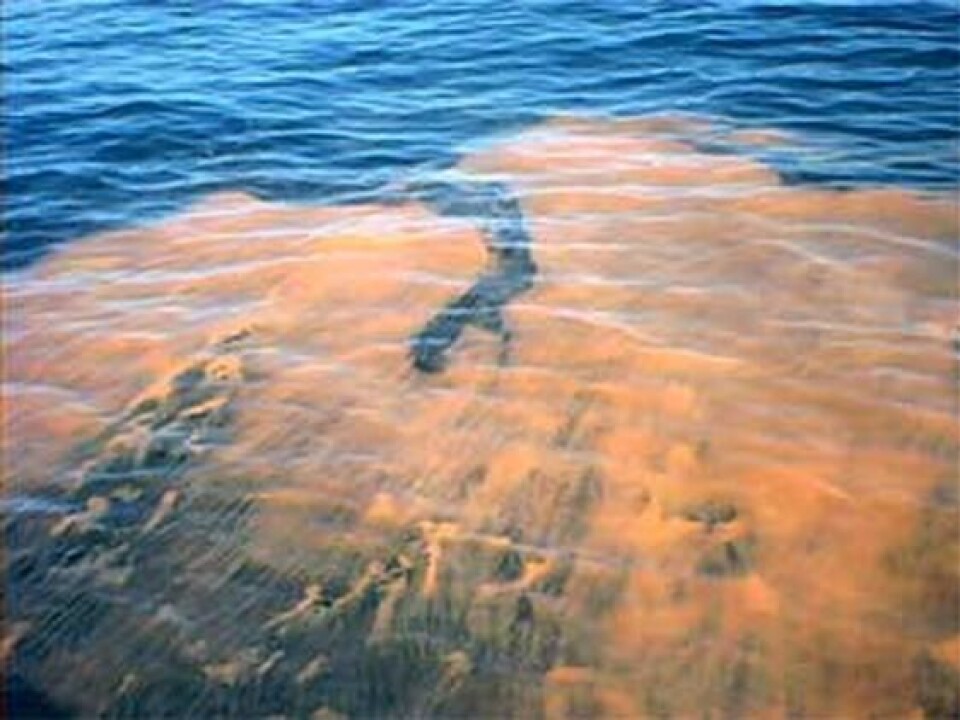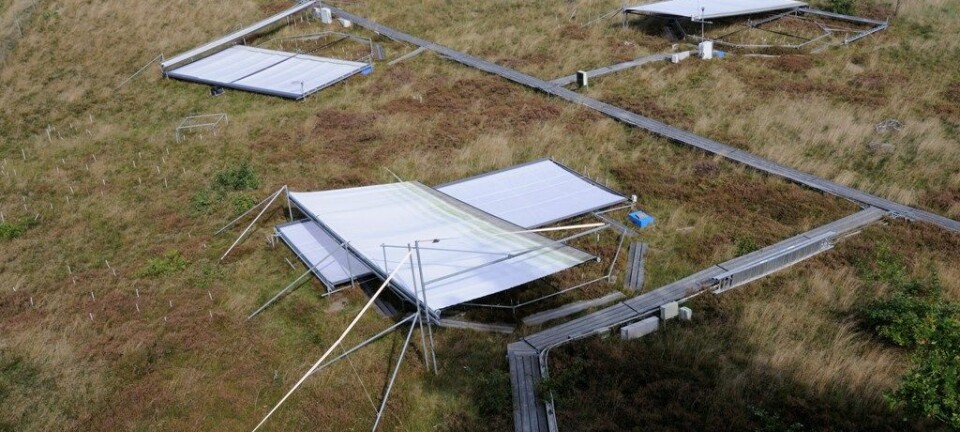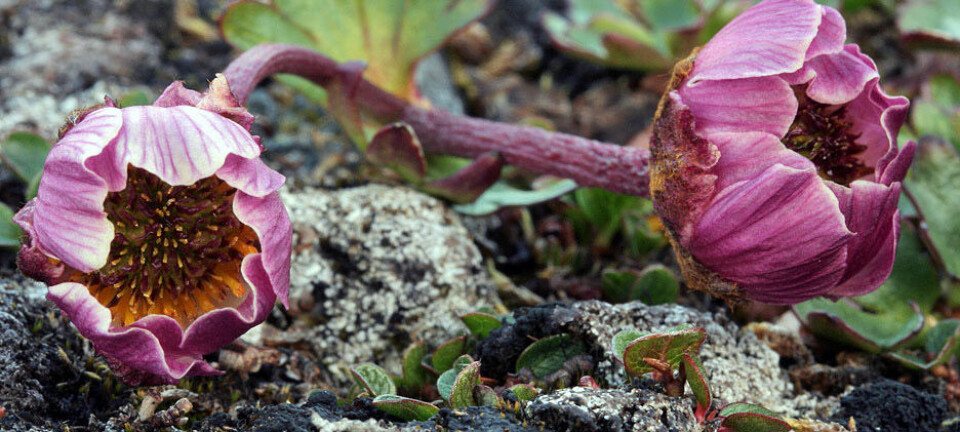
Weird 'plant-animal' baffles scientists
A strange creature that’s neither animal nor plant is causing researchers to rethink traditional ways of classifying living organisms.
A strange, green creature that lives at the bottom of the sea mystifies researchers. It’s neither plant nor animal, and the researchers know almost nothing more about it.
“We can’t get it to grow in our laboratory,” says Øjvind Moestrup. “We can feed it and it will eat – but it dies after a couple of months and we have no idea why.”
Moestrup, a professor in the Marine Biological Section of the University of Copenhagen’s Department of Biology, adds: “We’re seeing more and more examples of creatures that show us that the old way of classifying living organisms as animals and plants is too simplistic.”
The new creature is so small it can only be seen through a powerful microscope. Such microscopes have enabled researchers to find several otherwise undetectable amoebas that are just as difficult to classify.
Animals live from photosynthesis

The strange, single-cell green creature, found in Danish waters north of Copenhagen, has been named Mesodinium chamaeleon. It’s special because it gets its energy by eating other organisms – like an animal – and through photosynthesis – like a plant.
On the sea bottom, Mesodinium chamaeleon finds tiny plants that contain chlorophyll granules – which are responsible for photosynthesis. And when Mesodinium chamaeleon eats the plant, it becomes a plant:
• By keeping the chlorophyll granules active in its stomach, Mesodinium chamaeleon uses the granules’ ability to convert sunlight into energy. This photosynthesis makes Mesodinium chamaeleon a plant.
• After a while, Mesodinium chamaeleon digests the plant, getting energy from the plant – which actually makes it an animal that then goes hunting for a new plant to consume.
Mysterious creature
We can’t get it to grow in our laboratory. We can feed it and it will eat – but it dies after a couple of months and we have no idea why.
The researchers have not yet been able to describe the creature in detail, and they have many questions that need answers.
“It could be quite interesting to see how much energy it gets from photosynthesis,” says Moestrup. “And we don’t know when or why it decides to eat the chlorophyll granules.”
All that the researchers know about Mesodinium chamaeleon concerns the creature’s appearance and ability to survive.
They know it’s a ciliate, a hair-like appendage found on the surfaces of some cells, and it has hundreds of such hairs on its body.
“It has hairs like the thousands we have in our respiratory system,” says the researcher. “It uses these hairs to swim quickly when catching its prey.”
Red cousin
The creature is also characterised by its green colouration, which differentiates it from its red cousin, which many people may have met while bathing.
“Red Mesodiniums are well known, and Darwin described them,” says Moestrup. “When they’re healthy they colour the sea red – ‘red tide’. But we’ve not seen the green ones before.”
The researcher adds that studying DNA from a creature like Mesodinium chamaeleon teaches us fundamental lessons about how a cell functions, how it divides, giving insight into cancer cells that get out of control.
Keeping it alive
Initially, however, the researchers will try to learn more about these mysterious creatures.
“We would like to work on getting this animal-plant established in a culture in our laboratory,” says Moestrup. “That should enable us to find out how large a role photosynthesis plays – how much of it functions as a plant and how much as an animal.”
Translated by: Michael de Laine






